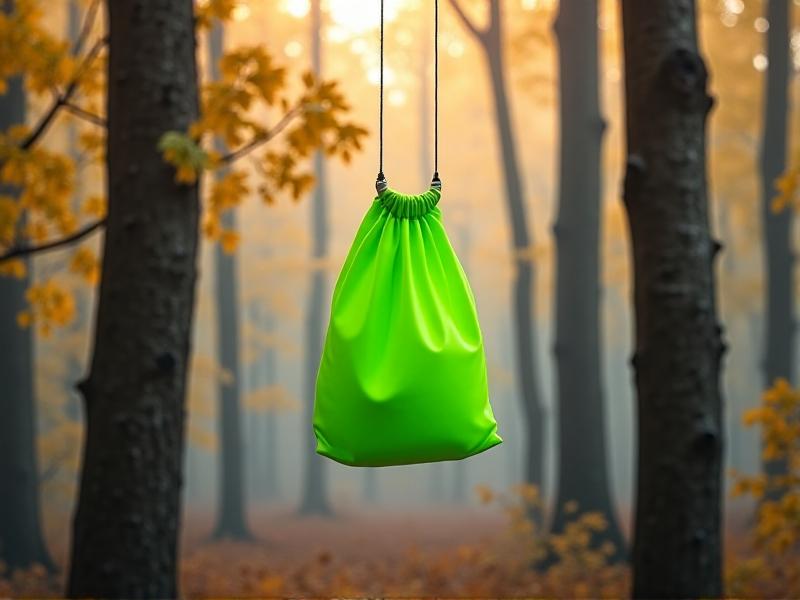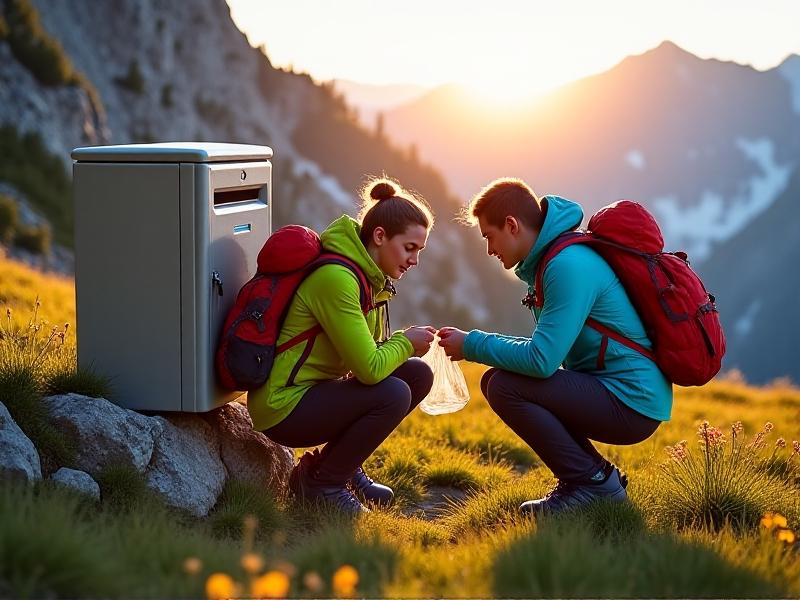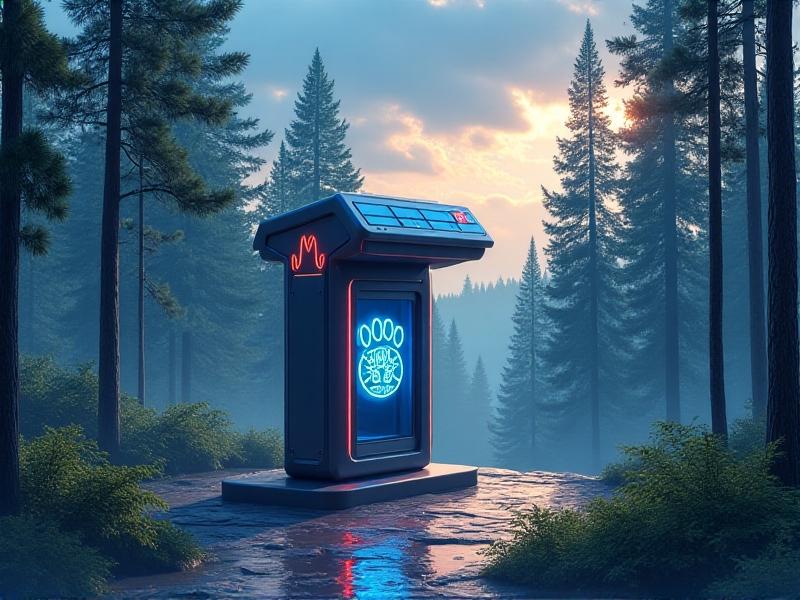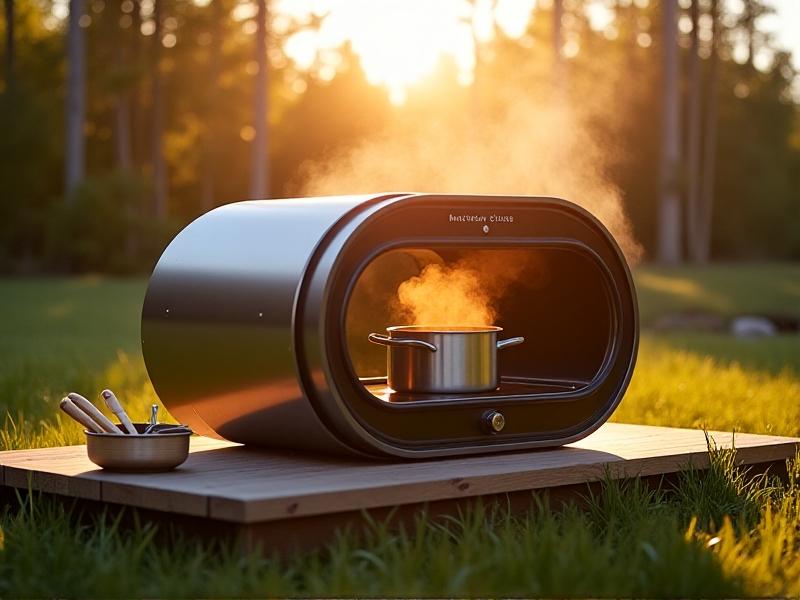Bear-Proof Food Storage Systems
The Growing Need for Bear-Proof Food Storage Solutions
As human populations expand into wilderness areas and outdoor recreation surges, conflicts between bears and people have reached critical levels. Improperly stored food and garbage attract bears to campsites, leading to dangerous encounters, property damage, and, often, euthanization of "problem" bears. Effective bear-proof storage systems are no longer optional—they’re a necessity for preserving both human safety and wildlife conservation efforts. National parks, backcountry trails, and even suburban neighborhoods near bear habitats now prioritize these solutions to mitigate risks. This urgency has spurred innovation in designs that balance durability, usability, and eco-friendliness.

Anatomy of a Bear-Resistant Container: Materials and Mechanisms
Modern bear-resistant containers rely on a combination of robust materials and intelligent engineering. High-density polyethylene (HDPE) is a popular choice for its lightweight yet impact-resistant properties, while stainless steel components reinforce locking mechanisms. Key features include pinch-resistant latches, recessed hinges, and interlocking lids that prevent bears from leveraging their claws or strength to pry them open. Some designs incorporate cylindrical shapes to eliminate grip points, forcing bears to roll containers rather than carry them away. Rigorous testing protocols, such as the Interagency Grizzly Bear Committee (IGBC) certification, ensure these systems withstand sustained attacks from 500-pound bears for at least 60 minutes.
Beyond Canisters: Alternative Storage Innovations
While hard-sided canisters dominate the market, alternative systems cater to diverse environments. Bear hang kits, which suspend food bags from trees via pulleys, remain popular among ultralight backpackers despite debates over their effectiveness against persistent bears. Electric fence systems, powered by solar-charged batteries, create portable perimeters for group campsites. Recent breakthroughs include odor-proof vacuum-sealed bags made with activated carbon liners to mask food scents. In urban areas, tamper-proof dumpsters with magnetic locking lids and reinforced seams are becoming standard in communities near bear corridors, proving that innovation spans from backcountry to backyard.

Human Behavior: The Weakest Link in Bear Safety
Even the most advanced storage systems fail when users ignore protocols. A study in Yosemite found that 73% of bear incidents involved improperly stored food, often from containers left unlatched or placed too close to tents. Education campaigns like “Keep Bears Wild” emphasize consistent habits: storing cooking clothes with food, avoiding midnight snacks in sleeping bags, and securing containers at least 100 yards from sleeping areas. Rangers now use trailhead sensors and RFID tags on rented canisters to monitor compliance, while social media influencers collaborate with parks to model best practices for younger adventurers.

The Future of Coexistence: Smart Tech and Community Action
Emerging technologies promise to revolutionize bear-proof storage. Solar-powered containers with GPS tracking and motion-activated cameras alert users via app when a bear interacts with their gear. Biodegradable containers infused with pepper spray microcapsules repel bears without harming them. Meanwhile, grassroots initiatives thrive: Alaskan villagers weld custom lockers from recycled ship hulls, while Colorado nonprofits host “build-your-own-bear-box” workshops. These efforts reflect a broader shift from fear-based management to collaborative stewardship, recognizing that protecting bears requires protecting their natural behaviors—and our shared ecosystems.









